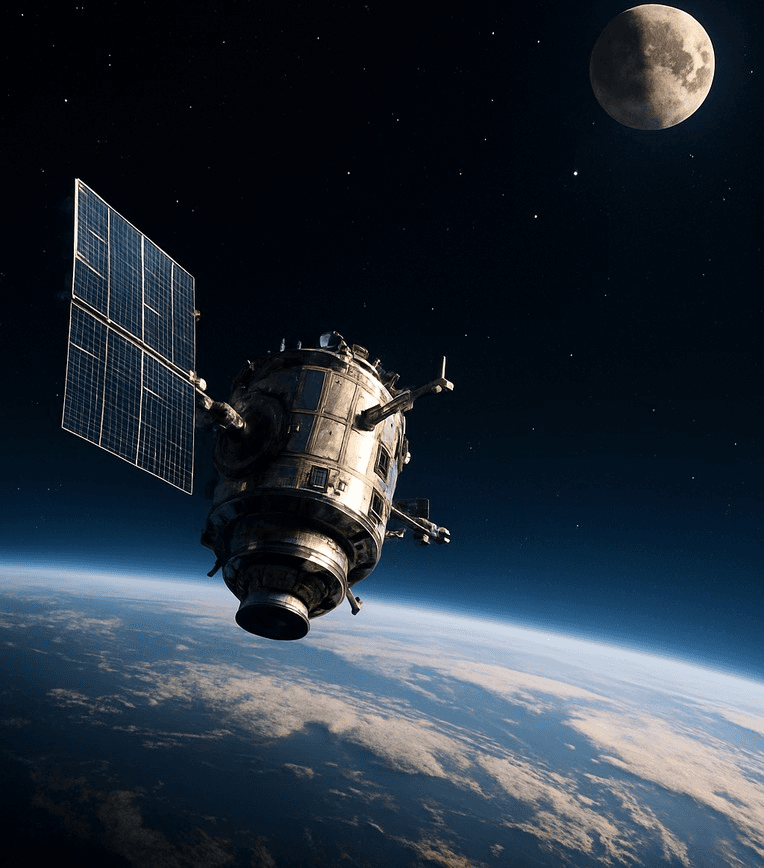
Industry research
Scope
Europe
Companies
87
Table of contents
What does the Defence market landscape look like in Europe?
The European defence industry is fairly fragmented, with EU countries preferring to award contracts to their national businesses over foreign ones. This results in localised and small manufacturing capacities at the European level, with a lack of benefits that could have been derived from scale economies. In addition, the European landscape is characterised by many duplications of similar programmes, such as the development of combat aircraft and tanks among groups of different countries. In turn, this results in a competitive disadvantage for European players versus their US-based peers, which leverage their greater scale and R&D budgets to dominate the global defence markets, including multiple European niches. The European market consolidation is expected to accelerate due to the need to unify and strengthen the EU military and increase manufacturing capacity amid the war in Ukraine and the pressure from the US on NATO members to increase defence spending. As such, both private and public investments have increased, driving R&D and production efforts.
What is the level of investor activity in the European Defence industry?
Investor interest has been moderate, with ~36% of identified assets being sponsor-backed (as of June 2025). As investors gradually lift their restrictions on defence investments, this proportion is expected to increase. Attractive factors for investors include (i) the growing demand for weapons and systems, (ii) ample opportunities to conduct M&A activities, (iii) the increasing need to develop pan-European platforms, (iv) the easing of IPOs as an exit option and (v) the performance optimisation from dual-use technologies. At the same time, investors might be deterred by the direct involvement of governments in the decision-making of players (through golden shares), the high dependence on public spending and the disproportionate competitive advantage of US-based players.
What are the key ESG considerations in the European Defence industry?
ESG topics in the European defence market relate to environmental and social risks. From an environmental standpoint, everyday military activities contribute ~5.5% of the global greenhouse gas (GHG) emissions, with further footprint from defence manufacturing and armed conflicts. While the market is not subject to emission reduction obligations under the EU, the players with dual-use technologies aim to reduce their emissions to meet ESG standards. From a social perspective, the effect of military activities on human lives remains top of mind. Herein, the intensification of military conflicts, additional casualties, civilian displacements, destruction of infrastructure and the use of arms for human rights violations represent the main risks. When it comes to the latter, defence incumbents remain exempt from the obligation to disclose and conduct proper human rights due diligence when exporting weapons. This is being addressed by a new EU legislation that aims to reduce trafficking risks, improve traceability and support better control process implementation.

Defence budgets of EU member states reached a total of ~€326bn in 2024 and are expected to increase to ~€426bn by 2027, with a ~9% CAGR over the period (European Parliament, May 2025)
The European aerospace and defence manufacturing output was estimated to grow from ~€367bn in 2025 to ~€441bn in 2029 (~4.6% CAGR 2025–2029; Statista, April 2025)
In response to the war in Ukraine and the pressure on NATO members from the US to boost defence spending, several European countries have pledged to spend ~5% of their GDP on defence. As such, the EU’s “ReArm Europe Plan” aims to mobilise ~€800bn by 2030, creating extra demand for European defence products (euronews, June 2025; ESD, June 2025; European Commission, March 2025)
The demand for larger and unified European defence manufacturing has led to new regulations encouraging private investments, joint procurement and faster approval processes. In turn, this will allow incumbents to increase the scale of operations with better efficiencies and higher margins (sipri, June 2025; Bloomberg, May 2025)
Surface vessel modernisation taking place globally provides demand for European shipbuilders. In addition, due to tensions in the South China Sea, countries increasingly place orders for advanced European vessels, while unmanned sea drones are gaining traction among governments to alleviate military personnel shortages (ESD, May 2024; Shephard, November 2024)
The dominant position of American contractors, which accounted for >60% of EU military spending in recent years. Reaping benefits from the vast, unfragmented domestic demand, US defence players established a long-term technological leadership in advanced weaponry (e.g. F-35) over their European counterparts (Reuters, May 2025; The Guardian, June 2025)
Preference for domestic defence companies for procurement leads to fragmentation across Europe and hinders companies from expanding internationally, limiting their ability to achieve greater scale and production efficiency (European Economic and Social Committee, February 2025)
European defence equipment manufacturers face a significant skill shortage, which results in increasing wages and limited growth prospects. An increase in defence budget from 2% to 3% of GDP would require ~760k new workers (Reuters, May 2025)
With the full report, you’ll gain access to:
Detailed assessments of the market outlook
Insights from c-suite industry executives
A clear overview of all active investors in the industry
An in-depth look into 87 private companies, incl. financials, ownership details and more.
A view on all 521 deals in the industry
ESG assessments with highlighted ESG outperformers







